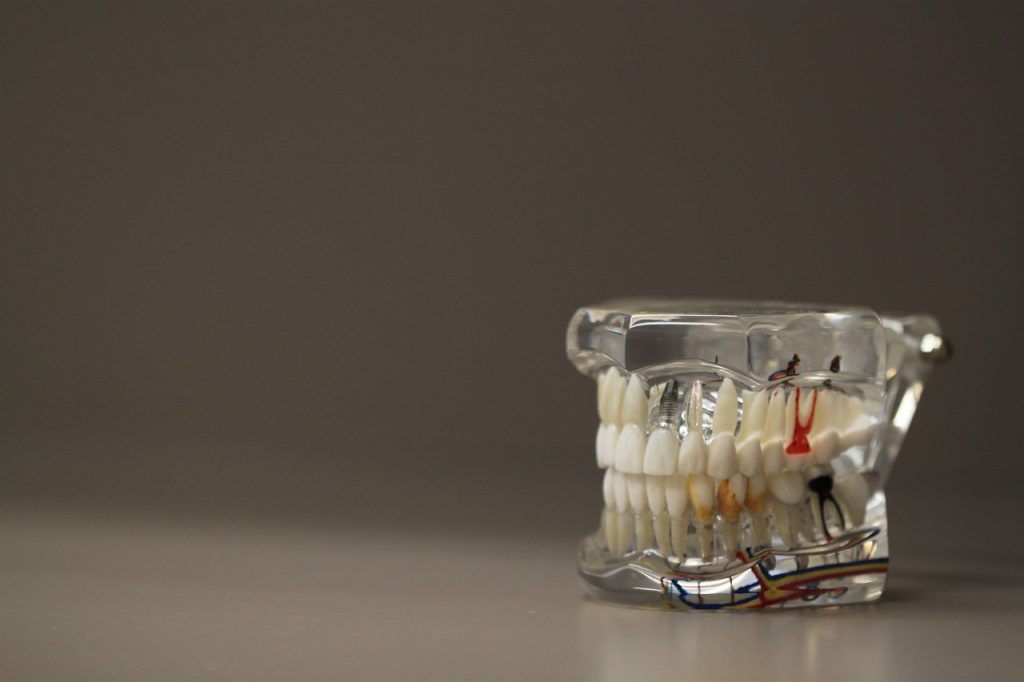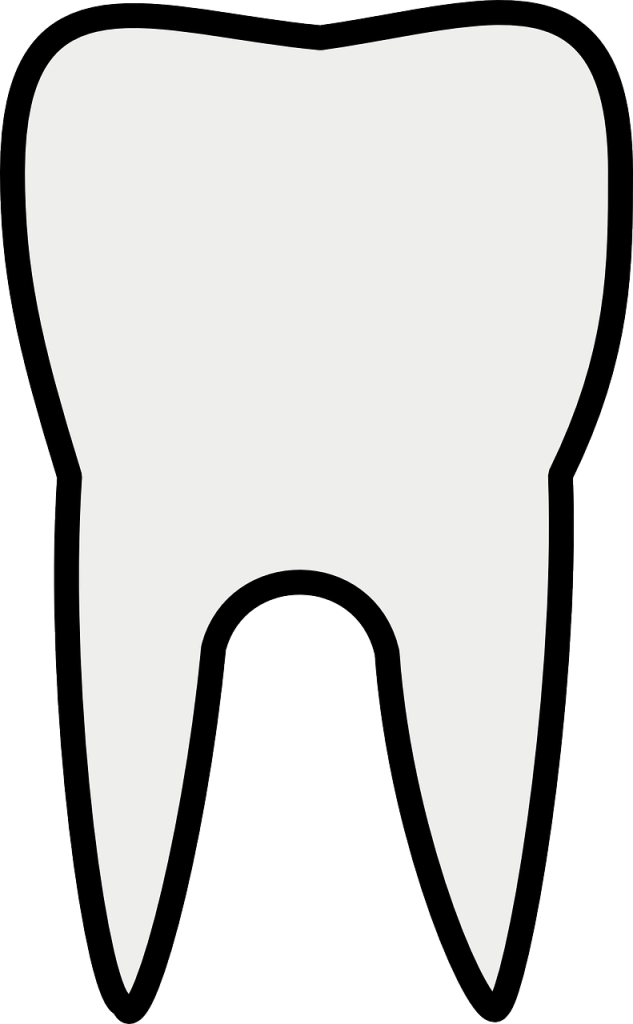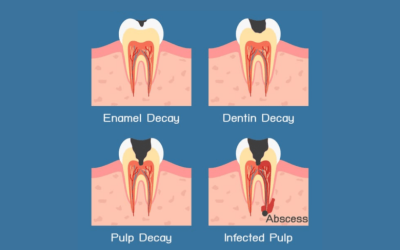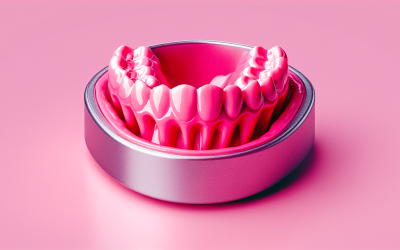So, you’ve just found out that you need root canal therapy. Don’t worry, it may sound intimidating, but trust me, it’s not as scary as it seems. Root canal therapy is a common dental procedure that aims to save a severely infected or damaged tooth from extraction. It involves removing the infected tissue from the tooth’s root canal, cleaning and disinfecting it, and then filling and sealing it to prevent any further infection. In this article, we’ll take a closer look at what root canal therapy entails, why it’s necessary, and how it can spare you from the pain and inconvenience of tooth loss. Hang in there, you’re in good hands!

What is Root Canal Therapy
Root canal therapy is a dental procedure that is performed to treat and save a tooth that is severely infected or damaged. It involves removing the infected pulp from the tooth’s root canal, cleaning and disinfecting the area, and then filling and sealing it to prevent further infection. Root canal therapy is also known as endodontic treatment and is typically performed by a dentist or endodontist.
Definition
Root canal therapy is a dental procedure that involves removing the infected pulp from the tooth’s root canal, cleaning and disinfecting the area, and then filling and sealing it to prevent further infection. The root canal is the part of the tooth that contains the pulp, which is made up of blood vessels, nerves, and connective tissue. When the pulp becomes infected or damaged, root canal therapy is necessary to save the tooth from extraction.
Purpose
The purpose of root canal therapy is to treat and save a tooth that is severely infected or damaged. If left untreated, the infection can spread to the surrounding tissues and lead to more serious oral health problems. By removing the infected pulp and disinfecting the root canal, root canal therapy can alleviate pain, prevent the spread of infection, and preserve the natural tooth.
Process
Root canal therapy typically involves several steps. First, a dental examination is performed to assess the tooth and determine if root canal therapy is necessary. X-rays and imaging may be taken to get a better view of the tooth’s root canal. Once it is confirmed that root canal therapy is needed, anesthesia options are discussed to ensure comfort during the procedure. The dentist or endodontist will then access the tooth by creating a small opening, through which the infected pulp is removed. The root canal is then cleaned and disinfected to eliminate bacteria and other debris. The root canal is filled and sealed to prevent reinfection, and the tooth is restored with a dental crown or filling.
Symptoms that Indicate the Need for Root Canal Therapy
Tooth Pain
One of the most common symptoms that indicate the need for root canal therapy is tooth pain. The pain may range from mild to severe and can be described as a persistent throbbing or a sharp, shooting sensation. The pain may be prolonged or may occur spontaneously, and it may worsen when biting down or applying pressure to the tooth. In some cases, the pain may extend to the jaw, ear, or temple.
Sensitivity
Tooth sensitivity is another symptom that may indicate the need for root canal therapy. Sensitivity can manifest as a sharp, sudden pain when eating or drinking hot, cold, or sweet substances. The sensitivity may linger even after the stimulus is removed and can be a sign that the pulp inside the tooth is infected or damaged.
Swelling and Abscess
Swelling in the gums or face, as well as the presence of a small, painful bump on the gums, can be signs of an abscess or infection in the root canal. An abscess is a pocket of pus that forms as a result of the body’s immune response to an infection. Swelling and abscesses can cause tenderness, inflammation, and a throbbing sensation in the affected area.
Discoloration
Discoloration of a tooth may indicate a problem with the root canal. The infected pulp inside the tooth can cause the tooth to become discolored, turning it a grayish or yellowish hue. Discoloration may occur gradually over time or may be sudden, depending on the severity of the infection or damage to the tooth.
Causes of Root Canal Problems
Deep Tooth Decay
Deep tooth decay is one of the main causes of root canal problems. When tooth decay progresses to the point where it reaches the pulp, it can infect the root canal and cause inflammation and pain. Poor oral hygiene, a diet high in sugar and carbohydrates, and a lack of regular dental check-ups and cleanings can increase the risk of deep tooth decay.
Cracked or Fractured Tooth
A cracked or fractured tooth can also lead to root canal problems. When a tooth is cracked or fractured, bacteria can enter the tooth and infect the root canal. Cracks and fractures can occur due to dental trauma, biting down on hard objects, or as a result of weakened tooth structure from large fillings or other dental procedures.
Repeated Dental Procedures
Repeated dental procedures on a tooth can weaken it and make it more susceptible to root canal problems. Procedures such as multiple fillings, crowns, or root canals can compromise the tooth’s structure and increase the risk of infection or damage to the pulp.
Trauma to the Tooth
Trauma to the tooth, such as a blow to the face or a sports injury, can cause root canal problems. The impact can damage the blood vessels and nerves inside the tooth, leading to inflammation, infection, and the need for root canal therapy. It is important to address dental trauma as soon as possible to prevent further damage and complications.
The Importance of Root Canal Therapy
Preserve Natural Tooth
Preserving the natural tooth is one of the most significant benefits of root canal therapy. By removing the infected pulp and sealing off the root canal, the tooth can be saved from extraction. Losing a natural tooth can have consequences for oral health, including shifting of surrounding teeth, difficulty chewing, and changes in facial structure. Root canal therapy allows for the preservation of a functional, natural tooth.
Relieve Pain and Discomfort
Root canal therapy is often performed to alleviate pain and discomfort caused by an infected or damaged tooth. The procedure removes the source of the pain by eliminating the infected pulp and disinfecting the root canal. By relieving pain, root canal therapy can improve the quality of life for individuals experiencing tooth pain.
Prevent Infection from Spreading
Root canal therapy is essential for preventing the spread of infection from the tooth to the surrounding tissues. If left untreated, an infected or damaged tooth can lead to the formation of an abscess, a serious infection that can spread to the jawbone or other parts of the body. By treating the infection and sealing off the root canal, root canal therapy helps to prevent the spread of infection and potential complications.

Preparation for a Root Canal Procedure
Dental Examination
Before undergoing a root canal procedure, a dental examination is performed to assess the tooth and determine if root canal therapy is necessary. The dentist will examine the tooth visually and may take X-rays or use other imaging techniques to get a better view of the tooth’s root canal. The examination will help the dentist determine the extent of the infection or damage and develop an appropriate treatment plan.
X-rays and Imaging
X-rays and imaging play a crucial role in the preparation for a root canal procedure. X-rays can reveal the extent of tooth decay, the condition of the pulp, and the shape and curvature of the root canal. This information is essential for the dentist to accurately diagnose and plan the treatment.
Anesthesia Options
During the preparation for a root canal procedure, anesthesia options are discussed with the patient to ensure comfort during the procedure. Local anesthesia is typically used to numb the area around the affected tooth, ensuring a pain-free experience during the root canal therapy. In some cases, sedation options may also be available for patients who experience dental anxiety or have complex dental needs.
The Root Canal Procedure
Accessing the Tooth
The first step of the root canal procedure is accessing the tooth. The dentist or endodontist will create a small opening in the tooth, usually through the crown, to gain access to the pulp chamber and root canal. In some cases, a dental dam, a thin sheet of rubber, may be placed around the tooth to isolate it and keep it dry during the procedure.
Removing Infected Tissue
Once the tooth is accessed, the infected pulp is removed. The dentist or endodontist will use small, specialized instruments to carefully clean out the pulp chamber and root canal. Any infected or damaged tissue is removed to ensure that no bacteria or debris is left behind.
Cleaning and Disinfecting
After the infected tissue is removed, the root canal is thoroughly cleaned and disinfected. The dentist or endodontist will use antimicrobial solutions to kill any remaining bacteria and prevent reinfection. The cleaning and disinfection process help to ensure the long-term success of the root canal therapy.
Filling and Sealing the Root Canal
Once the root canal is cleaned and disinfected, it is filled and sealed to prevent reinfection. A biocompatible material called gutta-percha is commonly used to fill the root canal. The gutta-percha is placed in the root canal and then sealed with a dental adhesive. The sealing of the root canal prevents bacteria from re-entering the tooth and causing further infection.
Restoring the Tooth
After the root canal is complete, the tooth is restored to its full functionality and appearance. In some cases, a dental crown may be placed over the tooth to provide protection and strength. If needed, a dental filling may be used to rebuild the tooth structure. The restoration process ensures that the treated tooth can function properly and blend in with the surrounding teeth.

Post-Treatment Care and Recovery
Pain Management
After a root canal procedure, some discomfort or sensitivity may be experienced. Over-the-counter pain medications such as ibuprofen may be recommended by the dentist to manage any pain or discomfort. It is important to follow the dentist’s instructions and take any prescribed medications as directed to ensure a comfortable recovery.
Avoiding Certain Foods
After a root canal procedure, it is advisable to avoid certain foods that may cause discomfort or damage to the treated tooth. Hard, crunchy, or sticky foods can potentially dislodge or damage the dental restoration, leading to complications. Following a soft or liquid diet for a few days after the procedure can help minimize any potential risks.
Oral Hygiene Practices
Maintaining good oral hygiene practices is crucial for the success of a root canal procedure. Regular brushing and flossing are important to keep the treated tooth and the surrounding teeth clean and free from bacteria. It is also recommended to use an antimicrobial mouthwash to further reduce the risk of infection. Regular dental check-ups and cleanings are essential to monitor the treated tooth’s health and address any potential issues.
Potential Complications and Risks
Infection or Abscess Formation
Although root canal therapy aims to eliminate infection, there is a risk of infection or abscess formation following the procedure. If bacteria re-enter the tooth or the root canal is not adequately sealed, an infection or abscess can develop. Prompt professional attention is needed if symptoms such as severe pain, swelling, or a pus-filled bump occur after the root canal therapy.
Tooth Fracture
In rare cases, a tooth may fracture after a root canal procedure. This can happen due to the removal of the infected pulp, which weakens the tooth structure. A fractured tooth may require additional treatment, such as a dental crown or extraction, depending on the extent of the fracture.
Nerve Damage
Nerve damage is another potential complication of root canal therapy. Although rare, if the nerve inside the tooth is inadvertently damaged during the procedure, it can lead to permanent numbness or tingling in the affected area. The risk of nerve damage can be minimized by choosing an experienced and skilled dentist or endodontist to perform the root canal procedure.
Discoloration of the Tooth
After a root canal procedure, the treated tooth may become discolored over time. The removal of the pulp and filling of the root canal can cause the tooth to lose some of its natural color. This discoloration can be addressed with professional tooth whitening treatments or other cosmetic procedures.
Alternatives to Root Canal Therapy
Tooth Extraction
One alternative to root canal therapy is tooth extraction. If a tooth is severely infected or damaged and cannot be saved with root canal therapy, it may need to be extracted. Tooth extraction is a more invasive procedure than root canal therapy and typically requires a longer recovery time. It can also result in the need for tooth replacement options, such as dental implants, bridges, or partial dentures.
Dental Implants
Dental implants are a popular tooth replacement option for individuals who have had a tooth extracted or lost a tooth due to other reasons. A dental implant involves the placement of an artificial tooth root in the jawbone, which serves as a stable foundation for a dental crown or prosthetic tooth. Dental implants are a long-lasting solution that can restore both the function and aesthetics of a missing tooth.
Bridge or Partial Dentures
A dental bridge is another alternative to root canal therapy and tooth extraction. A dental bridge is a prosthetic tooth or teeth that are attached to the adjacent natural teeth. The bridge fills the gap left by the missing tooth and restores both function and appearance. Partial dentures are removable appliances that replace one or more missing teeth and are an alternative to root canal therapy for individuals who have multiple missing teeth.
Conclusion
Root canal therapy is a dental procedure that is performed to save a severely infected or damaged tooth. By removing the infected pulp, cleaning and disinfecting the root canal, and filling and sealing the space, root canal therapy can preserve the natural tooth, relieve pain and discomfort, and prevent the spread of infection. It is important to seek professional dental care if you experience symptoms such as tooth pain, sensitivity, swelling, or discoloration, as these may indicate the need for root canal therapy. With proper preparation, a skilled dentist or endodontist, and post-treatment care, root canal therapy can be a successful and beneficial procedure for maintaining oral health and preserving natural teeth.










